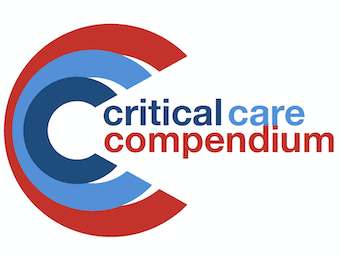
Stingray envenoming
While riding in a boat off the North Queensland coast a 12 year-old boy was struck by a large fish that had catapulted itself out of the water.

While riding in a boat off the North Queensland coast a 12 year-old boy was struck by a large fish that had catapulted itself out of the water.

Clinical case of a man being stung on the distal palmar surface of his right index finger by his lionfish (Pterois volitans) while cleaning his aquarium.

Little Johnny is an inquisitive 15kg 3 year-old boy. His grandad was looking after him for the evening. About an hour ago, the phone rang just as grandad was about to take his evening warfarin tablets. Although he only turned his back for a second, there was enough time for little Johnny to start ploughing into the tablets...

Toxicological evaluation and treatment of a patient with theophylline toxicity

Can have one or both lungs transplanted depending on disease process. Single lung transplants only suitable for non-infective conditions that will not go on to damage new lung, with no cardiac disease

Community Acquired Pneumonia: Streptococcus pneumonia (most common organism); other causes: Mycoplasma pneumoniae, Chlamydophila pneumoniae and Legionella, Haemophilus influenzae (in COPD)

Paediatric Formulae

Cocaine Toxicity potentially life-threatening sympathomimetic syndrome with sodium channel blockade.

Sodium valproate is a commonly used anti-epileptic drug, that come sin standard and enteric coated forms. Toxicity is characterised by metabolic failure, resulting in multi-organ dysfunction and cerebral edema

Cholinergic Toxidrome

High volume haemofiltration (HVH) is CRRT where the filtration rate is large - aka “high-volume,” “high intensity,” or “high flow”

Tintinalli Resus multiple choice questions MCQs for ACEM Fellowship